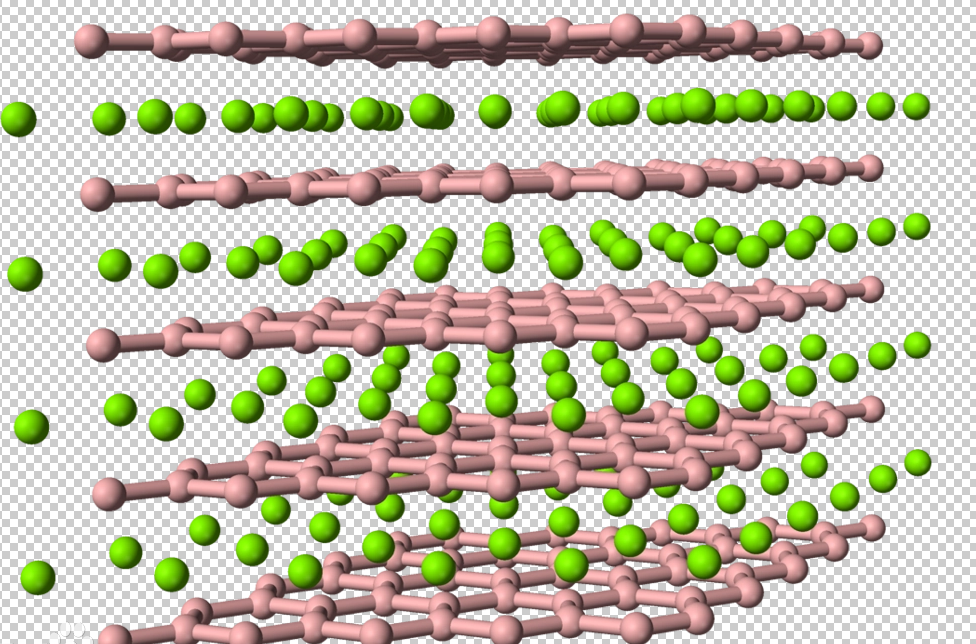Professional industry ceramic supplier, silicon nitride, silicon carbide, aluminum nitride and any other kinds of ceramics.
Overview of magnesium diboride MgB2 powder
Magnesium diboride is an inorganic compound with the molecular formula MgB2. It is a dark gray insoluble solid. It is an ionic compound with a hexagonal crystal structure. It is an intercalation compound with alternating layers of magnesium and boron. This compound has attracted attention due to its superconductivity at 39 K (-234°C). In terms of composition, MgB2 is significantly different from most transition metal-based low-temperature superconductors.

Scientists have known magnesium diboride for nearly 50 years, but no one has studied the superconductivity of this material—whether it can conduct electricity perfectly without resistance when it is cooled to a temperature close to absolute zero. All this changed in January 2001. Jun Akimitsu of Aoyama Gakuin University in Tokyo announced that he and his team have discovered that magnesium diboride becomes superconducting at 39 degrees Kelvin (-389 degrees Fahrenheit), which is almost the current metal. Twice the conductor temperature. This news made experimenters all over the world scramble to replicate and confirm the Japanese discovery.
Superconductors, as the name suggests, are conductors that do not dissipate energy after passing current. After the Dutch scientist Onnes discovered the superconductivity of mercury in 1911, people only increased the transition temperature to 23K (about minus zero) in the following seventy years. 250℃). In early March 2001, Japanese scientists reported that the binary material magnesium diboride (MgB2) exhibited superconducting properties at around 39K. Theoretical calculations show that there are more than one energy bands across the Fermi surface in magnesium diboride, and the instability of the Fermi surface caused by electro-acoustic coupling may completely create an energy gap at the Fermi surface of the two energy bands! This is completely different from all traditional superconductors. The images of the two energy gaps were later widely confirmed by experiments of specific heat, nuclear magnetic resonance, electron tunneling spectroscopy, and angle-resolved photoelectron spectroscopy. How the two energy gaps are formed and how it affects the superconducting properties is a hot spot in the study of magnesium diboride superconductors. Magnesium diboride superconductors have important applications in electricity, magnetism, and heat.
Magnesium diboride transforms into a superconductor at a temperature slightly close to the absolute temperature of 40K (-233°C). Its transition temperature is almost twice that of other superconductors of the same kind, and the actual working temperature is between 20-30K. This temperature can be achieved by liquid neon gas, liquid hydrogen or a closed-loop refrigerator. These methods are simpler and cheaper than the industry's use of liquid helium to cool niobium alloys (4K). Once doped with carbon or other impurities, magnesium boride maintains superconductivity as good as niobium in the presence of a magnetic field or current, or even better.
Application of Magnesium Diboride MgB2 Powder
Potential applications of magnesium diboride include superconducting magnets, power transmission lines, and sensitive magnetic field detectors.
Magnesium diboride is a new material that has attracted much attention. The research mainly focuses on the properties of synthesis and superconducting elements, which are used in industrial synthesis and sintering performance, room temperature conductivity, corrosion resistance of aluminum liquid, and corrosion resistance of fluoride. Therefore, MgB2 and its composite materials have Not used to cover the cathode area of aluminum electrolysis.
MgB2 is easier to sinter and densify than TiB2, and its electrical conductivity basically meets the requirements of aluminum electrolytic cathodes. Therefore, MgB2 and its composite materials can be widely used as cathode materials for aluminum electrolysis.
Propellants, explosives, pyrotechnics: Unlike elemental boron that burns incompletely through a glass oxide layer that prevents oxygen diffusion, magnesium diboride burns completely in oxygen or oxidant mixtures. Therefore, magnesium boride has been proposed as a fuel for ramjet engines. In addition, for the same reason, it has been suggested to use MgB2 in enhanced explosives and propellants.
Magnesium diboride MgB2 powder price
The price of magnesium diboride varies randomly with factors such as production costs, transportation costs, international conditions, exchange rates, and changes in supply and demand in the MoB2 market for molybdenum boride powder. Tanki New Materials Co.,Ltd. aims to help various industries and chemical wholesalers find high-quality, low-cost nanomaterials and chemicals by providing a full set of customized services. If you are looking for magnesium diboride materials, please feel free to contact for the latest magnesium diboride prices.
Supplier of Magnesium Diboride MgB2 Powder
As a global supplier of magnesium diboride, Tanki new materials Co.,Ltd. has extensive experience in the performance, application and cost-effective manufacturing of advanced engineering materials. The company has successfully developed a series of powder materials (including oxides, carbides, nitrides, single metals, etc.), high-purity targets, functional ceramics and structural devices, and provides OEM services.
| Magnesium Boride Properties | |
| Other Names | magnesium boride powder, MgB2, MgB2 powder, |
| agnesium diboride | |
| CAS No. | 12007-25-9 |
| Compound Formula | MgB2 |
| Molecular Weight | 45.927 |
| Appearance | Gray to Black Powder |
| Melting Point | 830 °C |
| Boiling Point | N/A |
| Density | 2.57 g/cm3 |
| Solubility in H2O | N/A |
| Exact Mass | 46.003653 |
| Monoisotopic Mass | 46.003653 |
